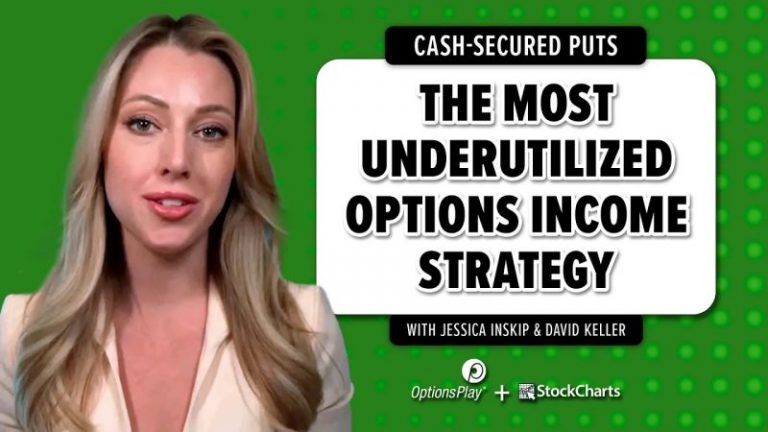Cash-Secured Puts: A Powerful Options Income Strategy
Options trading can seem complex and risky to the uninitiated, but when utilized correctly, it can offer lucrative opportunities for investors to generate income and manage risk. One of the most underutilized options income strategies is the cash-secured put. While many investors focus on buying calls or puts, selling covered calls, or using more speculative strategies like straddles and strangles, the cash-secured put strategy often flies under the radar. In this article, we will delve into the intricacies of cash-secured puts, how they work, and why they can be a valuable addition to an investor’s arsenal.
### Understanding Cash-Secured Puts
A cash-secured put is a bullish options strategy where an investor sells a put option on a stock they would like to own, with enough cash in their account to cover the purchase of the stock if assigned. When an investor sells a put option, they receive a premium from the buyer in exchange for taking on the obligation to buy the stock at a specified price (the strike price) if the option is exercised. By ensuring that they have enough cash to cover the purchase of the stock if assigned, the investor secures the put option.
### Benefits of Cash-Secured Puts
1. **Income Generation**: One of the primary advantages of cash-secured puts is the ability to generate income. By selling put options, investors can collect premiums upfront, effectively reducing their cost basis in the stock they may be assigned.
2. **Risk Management**: Unlike some options strategies that involve unlimited risk, cash-secured puts have well-defined risk. Since the investor has enough cash to cover the purchase of the stock at the strike price, the downside risk is limited to the difference between the strike price and the stock’s current market price.
3. **Stock Acquisition at a Discount**: If the put option is exercised and the investor is assigned the stock, they acquire the stock at a price below its current market value. This can be an attractive proposition for investors looking to add a stock to their portfolio at a discount.
4. **Flexibility**: Cash-secured puts offer flexibility in terms of strike price selection and expiration date. Investors can tailor their strategy to suit their outlook on the stock and desired level of income.
### Risks of Cash-Secured Puts
While cash-secured puts offer various benefits, it is important to be aware of the risks involved in this strategy:
1. **Stock Price Decline**: If the stock price falls below the strike price of the put option, the investor may be assigned the stock at a price higher than the current market value. This can result in paper losses until the stock price recovers.
2. **Opportunity Cost**: By selling put options, investors tie up capital that could be deployed elsewhere for potentially higher returns. It is essential to assess the opportunity cost of using cash for securing puts.
### Implementing Cash-Secured Puts
To implement a cash-secured put strategy, an investor can follow these steps:
1. Identify a stock that they are willing to own at a predetermined price.
2. Sell a put option on the stock with a strike price at or below the desired purchase price.
3. Ensure that there is enough cash in the account to cover the purchase of the stock if assigned.
4. Monitor the option until expiration and take appropriate action based on market conditions.
### Conclusion
Cash-secured puts are a versatile options income strategy that can benefit investors seeking income generation, risk management, and potential stock acquisition at a discount. By understanding the mechanics of cash-secured puts, evaluating the associated risks, and implementing the strategy judiciously, investors can leverage this underutilized strategy to enhance their portfolio returns. Whether used as a standalone strategy or in conjunction with other options strategies, cash-secured puts have the potential to add value to an investor’s toolkit in navigating the complexities of the financial markets.



